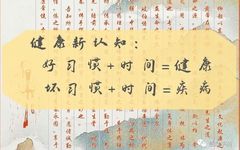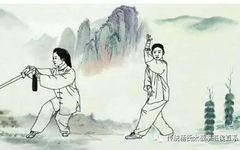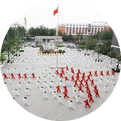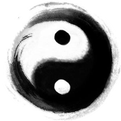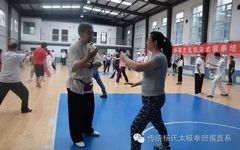Six Natural Health Practices for a Healthier Body and Mind
Taiji (Tai Chi) encompasses all phenomena. The five senses of a person—sight, hearing, smell, etc.—are often interconnected. Listening to the sound of water while inhaling pleasant aromas can achieve the effect of nourishing the ears. This health practice aims to harmonize the mind through natural sounds and scents, allowing the spirit to relax and be … Read more


